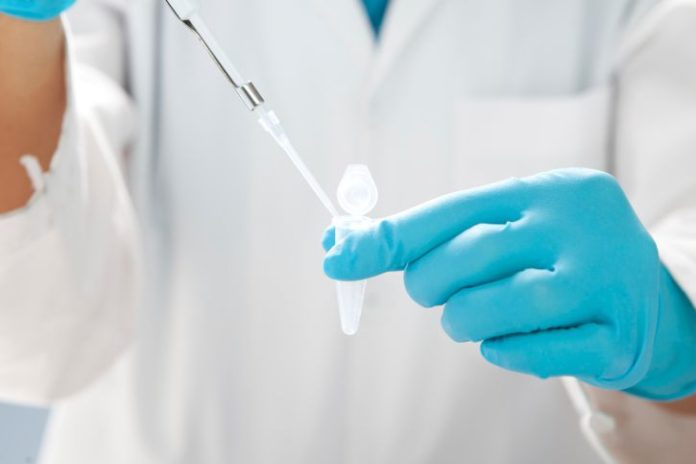Researchers from Huntsman Cancer Institute (HCI) at the University of Utah have discovered that while the genes provided by the father arrive at fertilization pre-programmed to the state needed by the embryo, the genes provided by the mother are in a different state and must be reprogrammed to match. The findings have important implications for both developmental biology and cancer biology.
In the earliest stages, embryo cells have the potential to develop into any type of cell, a state called totipotency. Later, this potency becomes restricted through a process called differentiation. As a result, as cells continue to differentiate, they give rise to only a subset of the possible cell types.
“In cancer, normal processes of cell differentiation and growth go wrong, and cells either become arrested at an early state of differentiation, or instead go backwards and are ‘reprogrammed’ to become more like early embryo cells,” said Bradley R. Cairns, co-author of the article and Senior Director of Basic Science at HCI. “By understanding how cells are normally programmed to the totipotent state, and how they develop from that totipotent state into specific cell types, we hope to better understand how cancer cells misregulate this process, and to use that knowledge to help us devise strategies to reverse this process.” The research results will be published online as the cover story in the journal Cell on May 9. Earlier work in the Cairns Lab showed that most genes important for guiding the early development of the embryo are already present in human sperm cells of the father in a “poised” state—turned off, but with attached markers that make gene activation easy. “The logic is that all the important decision-making genes for early development are ready to go,” said Cairns. “This poised state is never seen in fully differentiated cells such as skin cells.”
In the current study, researchers in the Cairns Lab used high-throughput gene sequencing to comprehensively and precisely analyze DNA methylation patterns in the genomes of zebrafish, which is a common laboratory model both for developmental and cancer biology. Here, they examined egg cells, sperm cells, and four phases of embryonic development: three phases between fertilization and when the embryo’s genome becomes active, and one phase after that point. Methylation—in which molecules called methyl groups are selectively attached to certain areas of the DNA and turn off gene activity in those areas—is one of the main markers of gene poising; poised genes lack DNA methylation, enabling gene activity later in embryo development.
Cairns’ group found that the methylation pattern of the soon-to-differentiate embryo is identical to that of the sperm cell. In contrast, the pattern of the egg cell was initially quite different, but undergoes a striking set of changes to become exactly matched to that of the sperm DNA. Cairns’ work suggests that egg DNA goes through this extensive reprogramming to prepare for the process of differentiation.
“The maternal genes that underwent DNA methylation reprogramming are among the most important loci for determining embryo development,” said Cairns. “For example, many hox genes, which determine the body plan and also differentiation during hematopoiesis [the formation of blood cells], are methylated in the mother’s genetic contribution and demethylated in the father’s, and therefore, also in the embryo.”
He said the work added another interesting finding. “We found that the mother’s genome takes care of that remodeling on its own, without using the father’s genome as a template.” Cairns’ experiments showed that when the father’s genetic contribution was removed, the mother’s genome still remodeled itself to the correct state.
“Basically, we’re trying to understand how a single cell can make a decision to be any type of cell,” said Cairns. “It is a fascinating fundamental question in biology that has implications for all aspects of development and many aspects of diseases such as cancer.”
Source: University of Utah Health Care











